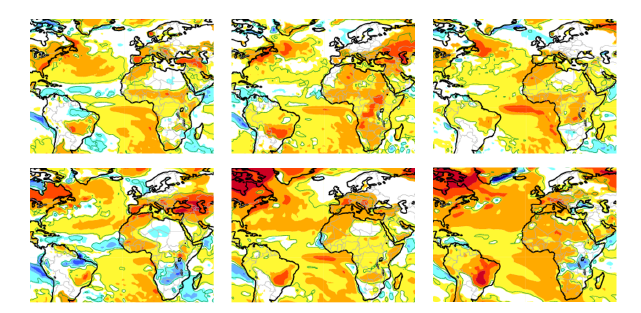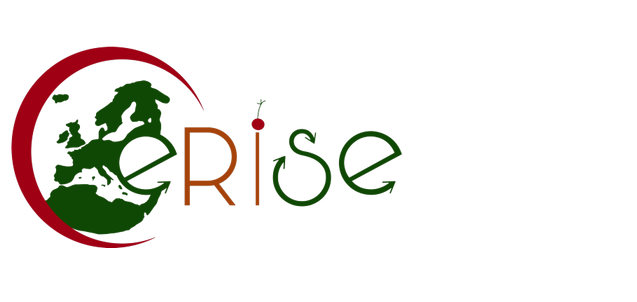The CERISE project only recently started, but it has already received attention from the C3S community in February and in March from ECMWF. These notifications demonstrate the close ties the project has and continues to build.
CERISE started on 1 January 2023 and runs until 31 December 2026. It brings together 12 partners from nine countries. The scope of CERISE is to enhance the quality of the C3S reanalysis and seasonal forecast portfolio, with a focus on land-atmosphere coupling. It will support the evolution of C3S, over the timescale of three years and more, by improving the C3S climate reanalysis and the seasonal prediction systems and products towards enhanced integrity and coherence of the C3S Earth system ECVs (Essential Climate Variables). The newly developed and innovative ensemble-based coupled land-atmosphere data assimilation approaches and land surface initialisation techniques aim to pave the way for the next generations of the C3S reanalysis and seasonal prediction systems.
Through its work to improve the quality and consistency of the C3S reanalysis systems and of the components of the seasonal prediction multi-system, CERISE is directly addressing the evolution of user needs for improved and more consistent C3S Earth system products. To achieve this, the chosen consortium partners are building on existing close ties with Copernicus and in particular C3S (Copernicus Climate Change Service (C3S)).
This close collaboration and interactions has already been put into action as the Copernicus communications team provided an early highlight of the work of CERISE on their Research Highlight pages of their website [https://atmosphere.copernicus.eu/copernicus-research-whats-horizon]
To further mark the start of the CERISE project, which is coordinated by ECMWF, a first description of CERISE featured as a news item on the ECMWF website, giving an introduction to the project. The full article is available here [https://www.ecmwf.int/en/about/media-centre/news/2023/three-research-projects-improve-ecmwfs-copernicus-services ].
To increase visibility, this article was also highlighted via ECMWF’s Twitter; Facebook & LinkedIn accounts to boost visibility of the project:
Here is the Twitter post from 31/03 that also tags our funders and HaDEA in particular:
The CERISE project aims to improve the quality of future Copernicus Climate Change Service climate reanalyses and seasonal prediction products, with a focus on land–atmosphere coupling. Read more about this and other EU-funded projects ➡️ https://ecmwf.int/en/about/media-centre/news/2023/three-research-projects-improve-ecmwfs-copernicus-services
@CopernicusEU @CopernicusECMWF @EU_HaDEA @defis_eu
Figure: Surface air temperature ensemble mean anomaly for June 2021 for forecasts from 1st May, from six different models in the C3S seasonal forecast multi-system, showing substantial variation between forecasts in many regions where land surface initial conditions play a crucial role.


